A range of teacher professional learning programs will be developed to accompany the Biodiversity of the Western Volcanic Plains online outreach...

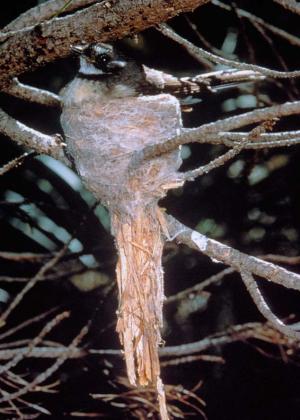
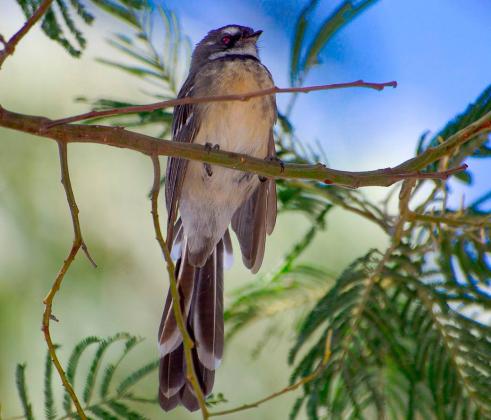
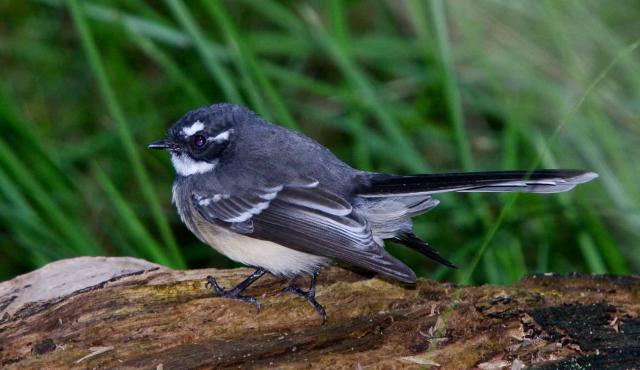
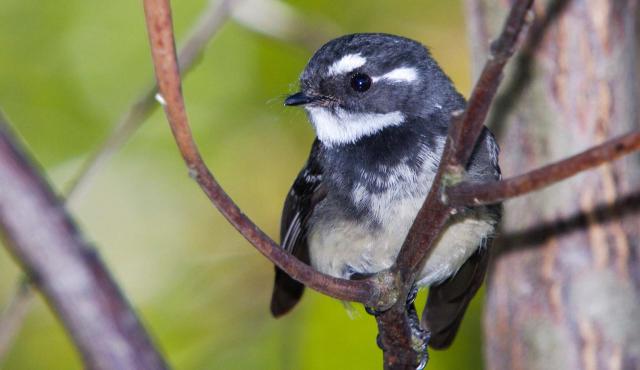
Grey Fantail
Rhipidura albiscapa
Breeds from July through to March but most often between August and December. Both sexes build a wineglass-shaped nest in the fork of a tree, 1-7 m above the ground. Incubation is performed by both sexes for 14-15 days. Both sexes feed the young.
| Details | Description |
| Type | Bird |
| Group | Fantail |
| Identifying Characteristics | |
| Distinctive Markings | Constantly fanned tail. |
| Diet | Carnivore. Flying insects. |
| Habitat | Occupies most treed habitats |
| Native Status | Native to Australia |
| Sounds | Squeaky sounds "twitch - twitchit, tsweeit - tseet, chit - twit, tswit - chat tsweeit" . A mixture of higher and lower sounds. |
| Taxonomy | |
| Phylum | Chordata |
| Class | Aves |
| Order | Passeriformes |
| Family | Rhipiduridae |
| Genus | Rhipidura |
| Species | albiscapa |
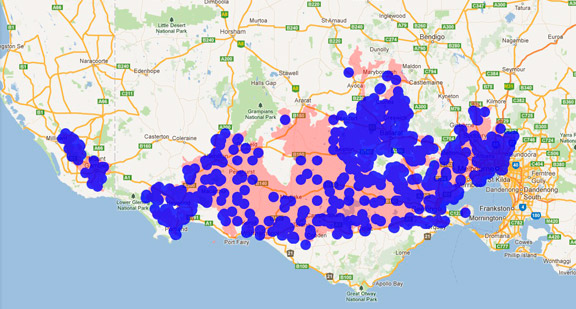
Distribution maps indicate current and historic locations where species have been sighted.
Source: Atlas of Living Australia
| Conservation Status | |
| DEPI Advisory List | Not listed |
| FFG Act | Not listed |
| EPBC Act | Not listed |
The conservation status of species is listed within Victoria and Australia.
The Department of Environment and Primary Industry (DEPI) Advisory List consists of non-statutory advisory lists of rare or threatened flora and fauna within Victoria.
The Flora and Fauna Guarantee Act 1988 (FFG Act) lists threatened species in Victoria. Under the Act, an Action Statement is produced for each listed species.
The Environment Protection and Biodiversity Conservation Act 1999 (EPBC Act) is the Australian Government’s key piece of environmental legislation, listing nationally threatened native species and ecological communities.



